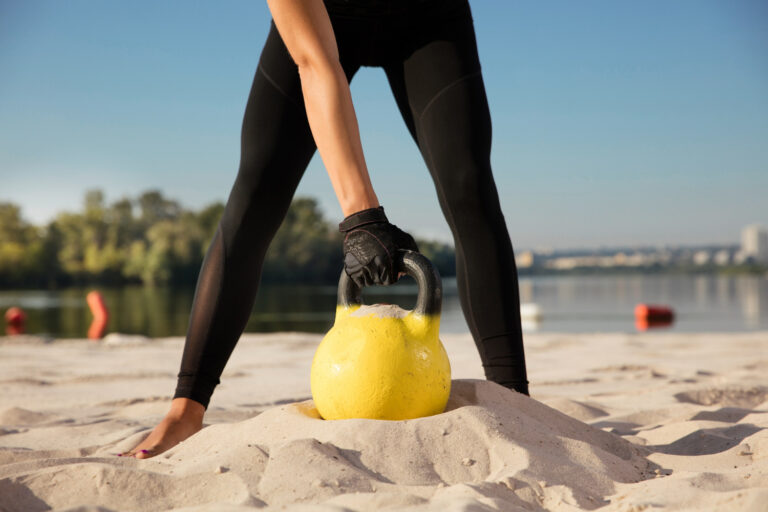Manny Khoshbin is a prominent real estate mogul, entrepreneur, and social media influencer known for his impressive property portfolio and love of luxury cars. With a rags-to-riches story that has inspired millions, Khoshbin is a testament to hard work and perseverance. This article provides an in-depth look at Manny Khoshbin’s houses, cars, net worth, and more, capturing the essence of his luxurious lifestyle in 2024.
Quick Facts
| Full Name | Manny Khoshbin |
|---|---|
| Birth Date | January 14, 1971 |
| Age | 53 years (as of 2024) |
| Birthplace | Iran |
| Nationality | American |
| Occupation | Real Estate Investor, Entrepreneur, Author |
| Years Active | 1989 – Present |
| Spouse | Leyla Milani (Married in 2011) |
| Children | 2 |
| Net Worth | $200 million (estimated as of 2024) |
| Known For | Real estate investments, luxury car collection |
Early Life and Career Beginnings
Manny Khoshbin was born in Iran on January 14, 1971. He moved to the United States with his family at the age of 14, arriving with limited English skills and minimal financial resources. Despite these challenges, Khoshbin quickly adapted to his new environment. His early experiences shaped his strong work ethic, which would later define his career.
Starting with a job at Kmart, Manny saved every dollar he earned, eventually venturing into entrepreneurship. By the age of 18, he had already established his first business, selling nuts and dried fruits door-to-door. Although the venture did not succeed, Manny learned valuable lessons about business, perseverance, and strategy.
The Rise to Real Estate Mogul
Entry into Real Estate
In the early 1990s, Manny Khoshbin shifted his focus to real estate, a move that would mark the beginning of his financial success. He started small, buying distressed properties, renovating them, and selling them for a profit. Over time, he developed a deep understanding of the real estate market, which allowed him to expand his portfolio significantly.
Manny founded The Khoshbin Company in 1992, a real estate investment firm specializing in commercial properties. Through hard work, strategic investments, and a keen eye for opportunities, Manny turned his small investment into a multi-million-dollar enterprise. Today, his company owns millions of square feet of commercial real estate across multiple states in the U.S.
Author and Social Media Influencer
Beyond his real estate ventures, Manny Khoshbin is also an accomplished author and social media influencer. He has written books such as “Driven: The Never-Give-Up Roadmap to Massive Success,” sharing his journey and the principles that helped him achieve financial freedom. Manny regularly shares insights about real estate, entrepreneurship, and his lifestyle on platforms like YouTube and Instagram, where he has amassed millions of followers.
Manny Khoshbin’s Houses
Manny Khoshbin is known for his love of luxury real estate, both as an investor and as a homeowner. His properties reflect his taste for elegance and opulence, each featuring unique designs and state-of-the-art amenities.
The Newport Coast Mansion
One of Khoshbin’s most notable properties is his mansion in Newport Coast, California. This stunning home, valued at over $30 million, offers breathtaking views of the Pacific Ocean and features over 12,000 square feet of living space. The mansion includes seven bedrooms, ten bathrooms, a gourmet kitchen, a wine cellar, a home theater, and an expansive outdoor space with a pool and spa.
Beverly Hills Dream Home
Manny also owns a lavish property in Beverly Hills, known for its modern design and luxurious amenities. This property, valued at approximately $20 million, showcases a sleek, contemporary style with expansive glass walls, high ceilings, and open-plan living areas. The home features five bedrooms, a private gym, a custom-designed kitchen, and an infinity pool with panoramic views of Los Angeles.
Real Estate Portfolio
Beyond his personal residences, Manny Khoshbin’s real estate portfolio includes several commercial properties, such as office buildings, shopping centers, and retail spaces. His diverse investments across multiple states generate significant rental income, contributing to his impressive net worth.
Manny Khoshbin’s Car Collection
Manny Khoshbin’s car collection is as renowned as his real estate empire. He is a passionate car enthusiast, known for his collection of rare and exotic vehicles, which he often showcases on his social media channels.
The Collection
Manny’s collection includes some of the most exclusive and high-performance cars in the world. His garage boasts brands like Bugatti, Pagani, McLaren, and Rolls-Royce. Notable vehicles in his collection include:
- Bugatti Chiron Hermès Edition: A one-of-a-kind custom Bugatti Chiron, designed in collaboration with the luxury fashion brand Hermès. This unique supercar features special design elements and costs approximately $3 million.
- Pagani Huayra Hermès Edition: Another collaboration with Hermès, this Pagani Huayra is one of the most unique and customized models in existence, valued at over $3 million.
- McLaren P1: A rare hypercar with hybrid technology, combining exceptional speed with advanced aerodynamics. The McLaren P1 in Manny’s collection is valued at around $1.5 million.
- Rolls-Royce Phantom: Known for its luxury and comfort, the Rolls-Royce Phantom is a symbol of status and elegance. Manny owns a custom model, complete with personalized interior features.
Customization and Passion
What sets Manny’s collection apart is not just the value or rarity of the cars, but also the level of customization. He works closely with manufacturers to personalize each vehicle, ensuring they meet his specific tastes and preferences. His love for cars is evident in the care and attention he gives to each piece in his collection.
Net Worth in 2024
As of 2024, Manny Khoshbin’s estimated net worth is around $200 million. This wealth is primarily derived from his real estate investments, which include a diverse portfolio of commercial and residential properties. His social media presence, book sales, and brand collaborations also contribute to his financial success.
Frequently Asked Questions (FAQ)
1. What is Manny Khoshbin’s net worth in 2024?
Manny Khoshbin’s net worth is estimated to be around $200 million as of 2024.
2. How old is Manny Khoshbin?
Manny Khoshbin is 53 years old as of 2024, having been born on January 14, 1971.
3. What type of real estate does Manny Khoshbin invest in?
Manny Khoshbin primarily invests in commercial properties, including office buildings, shopping centers, and retail spaces.
4. What are some of Manny Khoshbin’s notable cars?
Some of Manny Khoshbin’s notable cars include a Bugatti Chiron Hermès Edition, Pagani Huayra Hermès Edition, McLaren P1, and Rolls-Royce Phantom.
5. What books has Manny Khoshbin written?
Manny Khoshbin has authored “Driven: The Never-Give-Up Roadmap to Massive Success,” where he shares his personal journey and business insights.
Conclusion
Manny Khoshbin is a true example of the American Dream, rising from humble beginnings to become a real estate mogul and social media influencer. With a net worth of $200 million in 2024, his journey from a young immigrant to a successful entrepreneur and car enthusiast inspires many. Whether through his luxurious properties, incredible car collection, or insightful business advice, Manny Khoshbin continues to leave a mark on the world of real estate and beyond.









